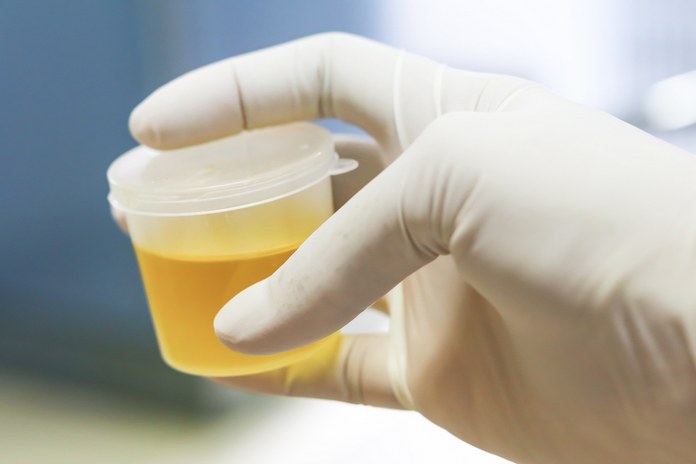Diagnosis Of Urethritis

A urinary tract infection can be diagnosed by testing and procedures such as: (9)
An analysis of a urine sample
A urine sample may be requested for laboratory analysis to identify bacteria, red blood cells, or white blood cells. To prevent contamination of the urine sample, you may be asked to wipe the genital area first with an antiseptic pad and then to gather the urine midstream.
In a lab, growing bacteria from the urinary tract. Urine cultures are sometimes used after laboratory analysis of the urine. The results of this test are used to determine what bacteria are causing the infection and which medication is most likely to be effective.
Take pictures of your urinary system. If your doctor believes an abnormality in your urinary tract may be causing frequent infections, you can undergo an ultrasound, magnetic resonance imaging (MRI), or computer tomography (CT) scan. A contrast dye is also used to highlight structures within your urinary tract.
The use of a scope to look inside your bladder. The doctor may perform a cystoscopy if you have recurrent UTIs. A long, thin tube with a lens (cystoscope) is used to see inside your urethra and bladder. Through the urethra, the cystoscope is inserted into the bladder.
Usually, urethritis can be diagnosed by taking a detailed medical history (including social and sexual history) and performing a physical examination. Urethritis patients are usually not ill or show signs of infection systemically. The focus of the examination should be the pelvis, abdomen, and genitalia.
Men with urethritis should undergo the following examinations:
- Penis: Check for any lesions that could indicate STDs (such as herpes simplex, condyloma acuminatum, syphilis); retract the foreskin in uncircumcised men to assess for lesions and fluid exudates.
- Urethra: Inspect the lumen of your distal urethra for lesions, strictures, or obvious urethral discharges; feel along the urethra for tenderness, fluctuance, and warmth, which might suggest an abscess; and firmness, which might be indicative of foreign body.
- Testes: Look for signs of inflammation or mass; feel for swelling, tenderness, or warmth along the spermatic cord, which may indicate orchitis or epididymitis.
- Lymphatics: Examine for inguinal adenopathy.
- Prostate: Palpate the prostate for any tenderness or bloat that would suggest prostatitis.
- Rectal: Take note of any lesions on the perianal region during the digital rectal exam.
Observe female patients in lithotomy or frog-leg position. Include these evaluations:
- Skin: Examine lesions that could be indicative of other STDs
- Urethra: Check for discharge in the urethra
- Pelvis: Examination of the pelvis, including the cervix
Typical diagnostic tests include:
- C-reactive protein test
- Complete blood count (CBC)
- Urine test
- STI testing, whether for gonorrhea or chlamydia
- A pelvic ultrasound may be performed on women.
Procedures
Patients with urethritis may need the following procedures:
- Catheterization: To prevent tamponade urethral bleeding and urinary retention in cases of urethral trauma
- Cystoscopy: For placement of a catheter when catheterization is not feasible; removal of foreign bodies or stones in the urethra
Using Amplatz dilators to dilate urethral strictures
- Suprapubic tube placement: In severe urethral trauma cases where urethral catheterization is not possible or in cases where emergency cystoscopy facilities are unavailable; temporary measures to relieve patient discomfort and divert urine
